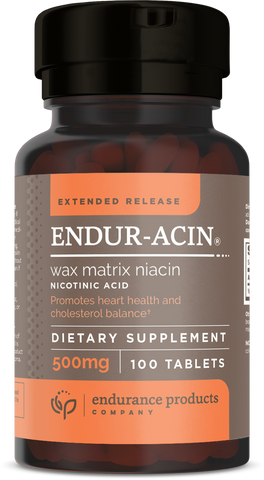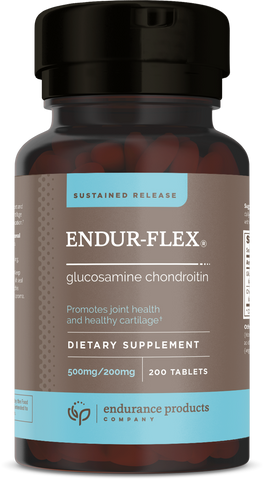When winter rolls in and the temperature plummets, do your joints start feeling like they're auditioning for a role in a creaky horror movie? If so, you're certainly not alone. For many, the cold months often trigger discomfort and stiffness in joints. So, what exactly happens to your body in chilly weather? Let’s dive into the science behind those “ouch” moments and discover ways to counteract them this winter.

Understanding Joint Stiffness in Cold Weather
Ever experienced that frustrating stiffness in your knees, hips, or hands as the mercury drops? It turns out that several physiological processes contribute to this discomfort:
-
Thickening Synovial Fluid
Synovial fluid acts as a lubricant for your joints– think of it like oil for an engine. When it gets cold, this fluid thickens, making it less effective at cushioning and protecting your joints. -
Decreased Blood Flow
Cold temperatures cause blood vessels to constrict, a phenomenon known as vasoconstriction. This constriction limits the blood supply to your joints, which can leave them feeling more sensitive and less mobile. -
Fluctuations in Barometric Pressure
Changes in barometric pressure might cause joint tissues to expand and contract. For those dealing with arthritis or related conditions, this can lead to heightened discomfort and stiffness.
If you're looking for a quick and informative overview, check out this engaging video from SciShow.
Winter Energy Levels: The Hibernation Effect
Feeling a bit sluggish as winter sets in? You’re certainly not the only one! Cold weather can sap our motivation and energy levels for several reasons:
-
Reduced Sunlight
With shorter days, we get less sunlight, which can diminish our vitamin D production. This vital nutrient is essential for bone health, muscle function, and mood regulation– low levels can lead to that drained feeling. -
Circadian Rhythm Disruptions
Our internal clocks rely on light to regulate our sleep and wake cycles. Fewer daylight hours can disrupt this balance, resulting in fatigue. -
Comfort Food Cravings
Cold weather can ignite cravings for hearty, carb-rich foods, which, while comforting, can leave you feeling more sluggish after meals.
Tips to Combat Winter Joint Stiffness and Fatigue
Don’t let winter take a toll on your energy and joint health! Here are some effective strategies to keep you moving and feeling upbeat:
-
Stay Active
A body in motion tends to stay in motion. Gentle, regular movement is crucial for joint flexibility. Consider low-impact exercises like yoga, swimming, or even indoor walking. Looking for inspiration? Try these 5 Easy Yoga Poses for Joint Health.

-
Keep Warm
Layer up to maintain your body heat, and don’t forget to wear gloves to keep your hands cozy. Heat pads or warm baths can also offer relief for those achy joints. -
Boost Your Vitamin D
Whenever the sun shines, take a moment to soak it up, -
Prioritize Hydration
Cold weather can trick us into drinking less water, but staying hydrated is crucial for joint lubrication and overall well-being. -
Eat Anti-Inflammatory Foods
Incorporate omega-3-rich foods like salmon, walnuts, and flax seeds into your diet to help reduce joint inflammation. -
Consider Joint Health Supplements
To give your joints a bit of extra care this winter, consider adding glucosamine supplements to your routine. They play a vital role in maintaining healthy cartilage and reducing joint stiffness, making them especially helpful during colder months.
Embracing Winter with a Strategy
Winter doesn’t have to mean spending months in discomfort or fatigue. By understanding the reasons behind joint stiffness and energy dips, you can adopt proactive measures to stay healthy and active. With the right tools– like warm clothing, regular exercise, and perhaps a bit of winter sunshine– you can continue to thrive, regardless of how frosty it gets outside.
For additional tips and insights, explore engaging videos and credible resources. Remember, while winter can be chilly, it doesn’t have to hold you back!



